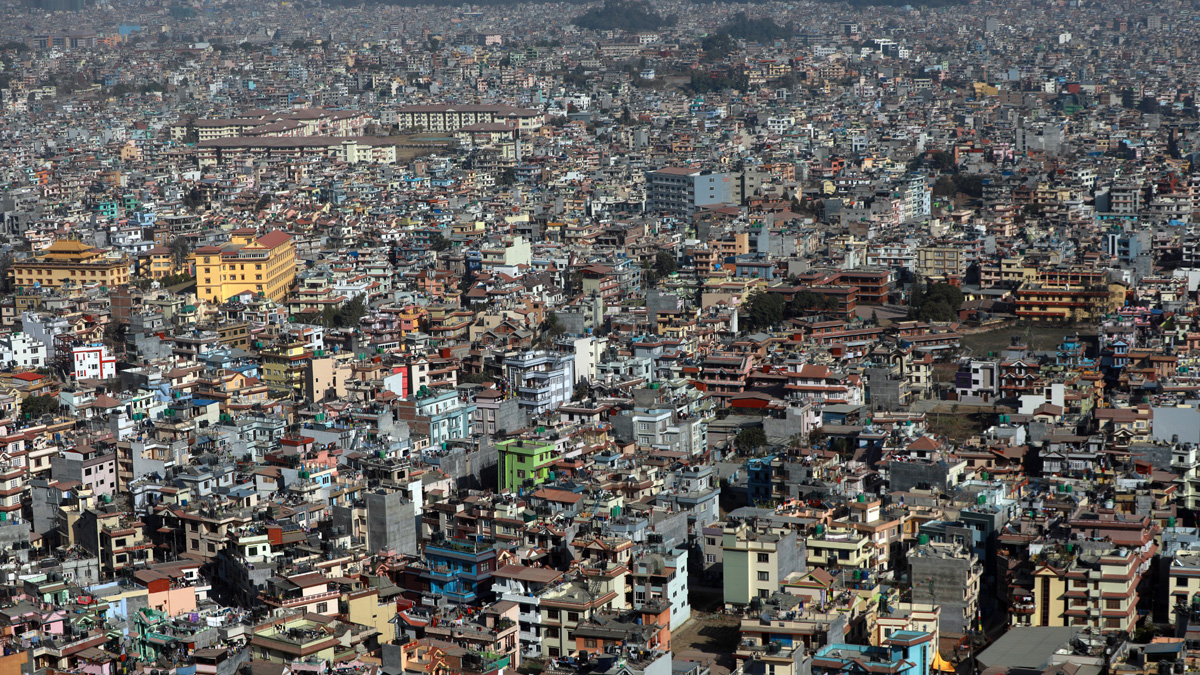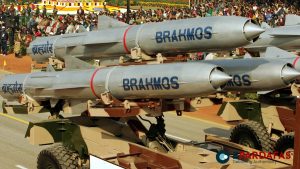
Kathmandu in demographic frame: it features highest density, largest population size

Federal capital Kathmandu is the city having the largest population size and highest population density in the country.
According to the National Census-2078 BS (2021) report issued by the National Statistics Office, the population of Kathmandu has surpassed two million, reaching a total of 2,041,587 residents, whereas Manang has the lowest population with only 5,658 inhabitants.
The report shows Nepal’s overall population density is 198 per square kilometer and the previous National Census 2011 had put this figure at 180. The population density is significantly higher in the Terai region, where it reaches 460 people per square kilometer and in the mountainous regions it is just 34 per square kilometer.
While assessing the district-wise statistics, the population density in Kathmandu is 5,169 per square kilometer and in Manang it is just 3.
The segregated population data concerning Kathmandu shows that the number of males is 1,035,726 and the number of females is 1,005,861.On average, there are 3.75 people per household in Kathmandu, and the age group of 20-24 years constitutes the highest proportion of the population, with 226,660 individuals falling into this category. The figure is 11.10 percent of the total population of Kathmandu.
Similarly, the population of the 25 to 29 age group is 215,120, and the populace above 90 years of age is 980. A total of 542,892 families inhibit the district, of which 362,147 is headed by men, and 182,720 by women.
The number of married people stands at 1,788,062, of which 898,352 are married men, and 889,710 married women.
The figure of widows is 46,096 and widower 9,755 while the number of divorce cases stands at 4,182 (2,844 divorcee women and 1,338 divorcee men). The total 197,347 people above five years of age are illiterate (52,952 men, and 144,395 women). A total of 283,862 people (149,806 men and 134,056 women) have received education of up to primary level.
According to the report, 10,275 families have used firewood for cooking. Similarly, 526,931 families have been dependent on LPG, 4,694 on electricity, 561 on biogas, 157 on kerosene and 274 on other energy sources.
Five hundred and seventy-five families in Kathmandu do not have toilet facility at home while 1,305 families use public toilets. The National Census data shows that 852,555 people, including 349,274 men and 503,281 women belonging to the 10 years and above age group in Kathmandu are not connected to any economic activities.
Among those people who are not connected to any economic income activity in the last one year, 376,954 are students, 198,630 are people involved in domestic work, 63,103 are elderly and 16,011 are physically handicapped.
The statistics shows that 512,427 people are in job, 32,318 have given employment to others, 282,552 people are running their business and 108,013 are assisting in their family businesses.
The number of children below 18 years of age is 508,399 and of them, 402,174 live with both parents, 55,369 live only with their mother, 7,200 live only with their father, 877 live with their father and step mother, 228 live with their mother and step father, 28,343 live with other relatives and 971 are looked after by employers.
There are 258,138 residential buildings, 24,476 commercial and business purpose buildings, 3,175 governmental, 3,125 educational, 667 health sector, 3,892 industry sector, 664 bank and financial sector-related buildings, 3,024 hotels and lodges and 4,276 store and warehouses in Kathmandu.














Comments